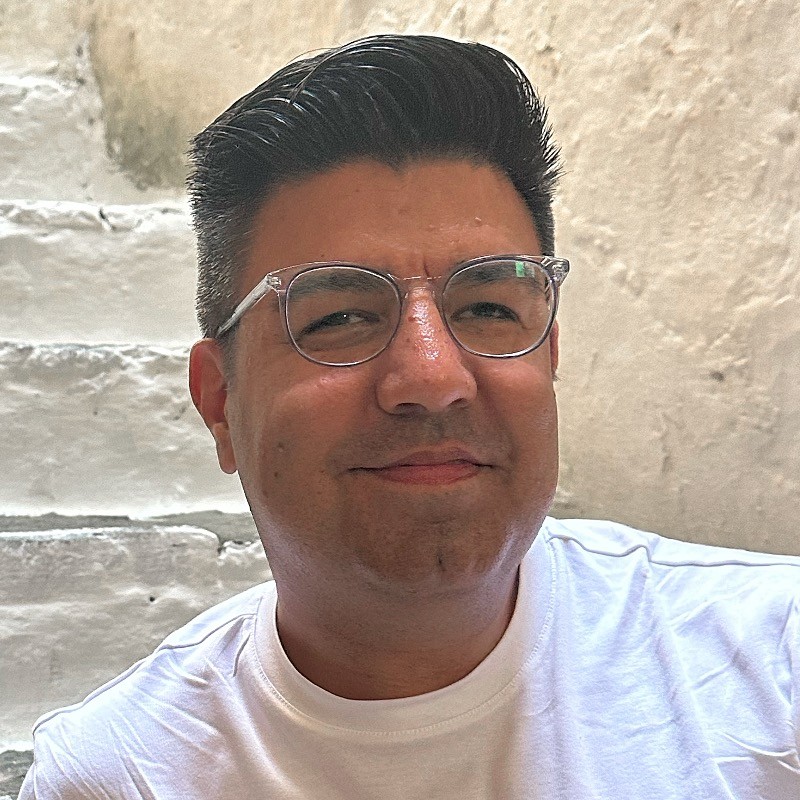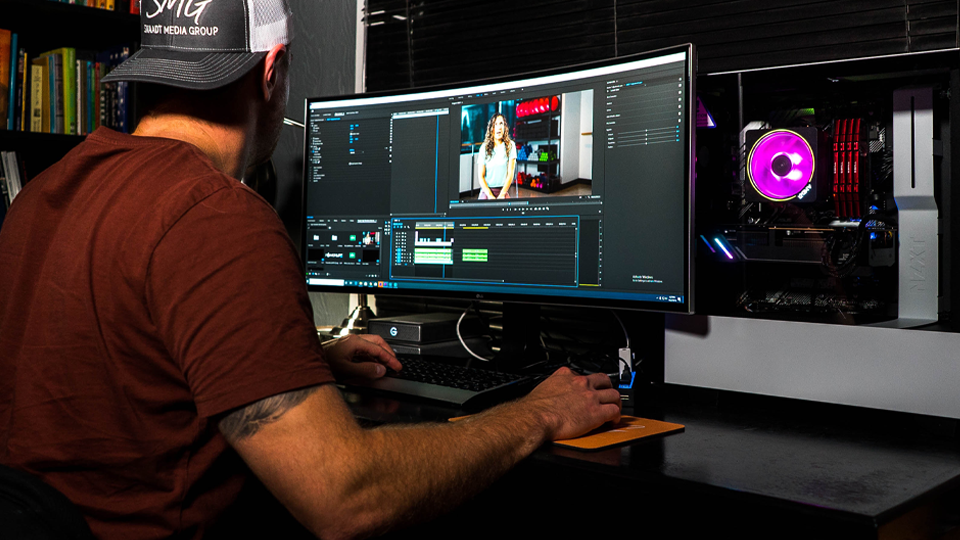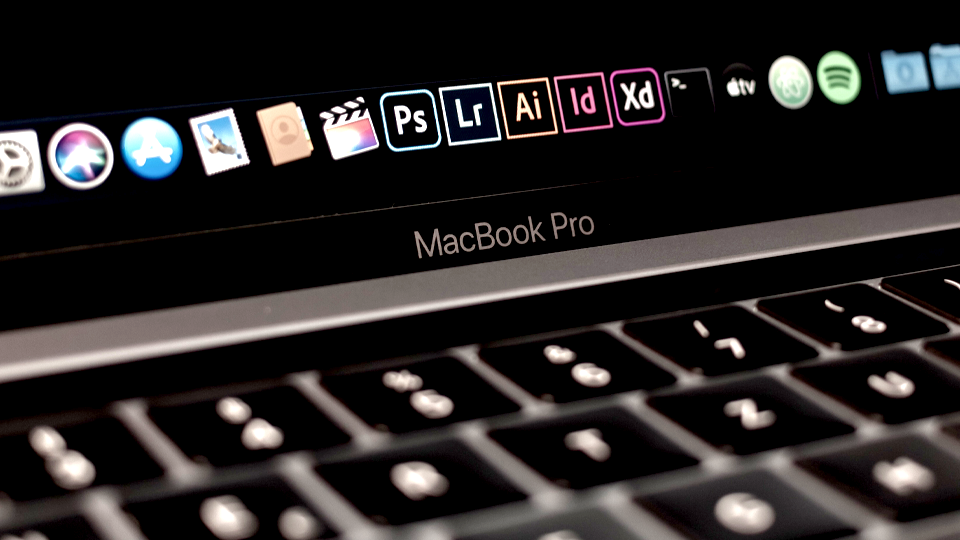Inside the Studio: Director-Photographer Ian Fohrman on brand storytelling & the creative process

Samuel Taggart

10 Minutes

Inside the Studio: Dive into insightful interviews that uncover the methods, challenges, and inspirations of today's leading filmmakers & artists straight from the studio. Discover the story behind the art on The Render.
When it comes to content creation, Ian Fohrman always has hands dirty. A director, photographer, writer, and partner at the Denver-based agency, The Public Works, Fohrman’s media career has been built on adventure. His extensive portfolio includes jaw-dropping imagery and footage from some of the world’s most extreme locations, and a bounty of commercial work for the most well-known outdoor and lifestyle brands. Through his experience behind the lens, Fohrman has honed a keen sense for storytelling and the ability to nurture a fledgling idea into an impactful final cut. Take a closer look here and read this exclusive interview to learn more about telling meaningful stories for brands, when to trust your gut as a creative, and how to recognize inspiration the moment it strikes.
When you get a pitch from a client, what’s the first thing you consider?
It always starts with asking questions. Everything is totally dependent on the project. There are some mainstay questions that always come up, things about the timeline and resources available. But the process always varies depending on the client, the kind of project, and the team involved. Sometimes a client or a potential partner has a really defined vision; other times they have a really vague idea, or just a little seed or a kernel of of something that needs to be built out.

What’s the importance of understanding a brand’s background and identity?
If it's a first time call, we do our best to understand all the big picture ideas—the product, the person (or people) behind it, and then we need to better understand the company. Is it a legacy company with loads of heritage, or is it a startup that’s just establishing its story? It's always our goal to speak the brand's language as quickly as possible. We strive to make it feel that we’re a part of the in-house team. We also really try to build multi-year, long-term relationships, which helps our team develop an intimate, almost endemic, knowledge of those brands. We’ve learned that part comes naturally when working with someone for an extended time.
Is there any correlation between those longer partnerships and the evolution of the content?
We’re always trying to push ourselves; likewise, we're trying to push our clients to do better, more interesting, more challenging work. I’m reflecting on one brand, in particular… we just did a story with them that was bigger and heavier on the “human element.” When we started working together years ago, they wouldn't have felt comfortable diving into this type of brand storytelling. In fact, we told a heavier story for the brand earlier on, and it just hit the cutting room floor. Throughout the five-or-so years we’ve worked together, we've helped develop the brand image and voice to the point where their internal team feels more comfortable telling those deeper, more challenging stories.

What's the secret sauce to telling stories that matter for brands?
This partly starts with another question: Who is the target audience? Then, it's often taking an idea and figuring out how can the team accomplish every goal within the parameters. Sometimes we have to help discern what matters to the client and what story they are actually trying to tell. We love when we're able to tell stories that amplify the good that brands are doing.
What's the importance of collaboration? When is it important to trust your individual gut?
My main creative functions are writing and directing, and I see a split almost exactly along those lines. Writing feels super individual—you can come up with a first draft using just your pen and your notepad or just sitting in front of your keyboard by yourself. Directing is all about choosing the best people for the job and getting the most out of everyone working together. Early concept calls for most of the film projects that we work on involve anywhere from five to twenty people.
The second way to interpret that question is about the hierarchy and structure within our creative work. We always try to maintain a non-traditional approach, establishing a level playing-field for every creative involved in a shoot; this is unlike Hollywood productions, where there's a very distinct hierarchy that exists. However, sometimes that hierarchy is necessary… because somebody has to make a final decision when the time comes. If you're directing a project or if you're the decision-maker, when do you decide to trust your own taste versus the consensus of someone else that you respect? That's the challenge every time.

Who are some of your biggest creative inspirations?
Let me think about that for a moment. I don’t think the right answer is saying any one name because it’s constantly shifting. The way I stay inspired is to keep looking at new work, revisiting old work, and seeing it through fresh eyes. Looking to different genres, mediums, and styles is big for me—like looking to literature for an idea about filmmaking or using photography to inspire a written piece. Lately, though, I am feeling digitally exhausted. So I've been really inspired by picking up physical manifestations of creativity. Like Photobooks, Zines, and big, beautiful thick magazines and periodicals like the Adventure Journal or Modern Huntsman.

What's the most magical part of the post production process?
The most magical part of post production is what feels similar to shooting on film in the old days: The feeling that you only kind of know you got, but you really don't know [what footage you’re working with] until you sit down on a big monitor, look, and listen to it. The magic is also is seeing [that footage] filtered through someone else's perspective, especially if you trust that editor and they have a vision that they're adding to the process. Getting to see what you helped create, or what you were a part of creating, filtered through somebody else's lens is always really cool.
What’s the most critical part of the post production process?
Most important is open communication between all parties. It’s likely that the DP has moments that they saw through their lens; that's probably different than what the director saw; and that’s different from the person adjusting the footage. For everyone to be communicative is the most important part of making that magic happen.

Going back to the beginning of your media career, how did you share content?
The first transfers were… FTPs. Do you even know what an FTP is? [laughs] It stands for “File Transfer Protocol” and it's like the Dropbox we used to use. I'm not old enough to have to have mailed film, but it was a shitty third-party thing where you had to type the file pathways. There wasn't even like drag and drop. But anyway, it honestly hasn't changed all that much since. There have been tools for video [that have improved], but we'd always ship drives. That's the difference with Suite—not having to ship drives and you’re less worried about disks getting damaged.

What is exciting about the connectivity between creators in today’s digital age?
it just broadens the talent pool. Now, you can reach out and collaborate with somebody from anywhere. You're not constrained to [working with people] in your local geographical area.
What stories do you find resonate the deepest with you?
There's a hugely varying scope of people's life experiences—some of those stories touch on the universal truths and struggles of being a human. Right now, those are probably the types of stories that I'm most interested in. I'm a new parent, and I’m at an age where I’m watching my parents get older. You get to see both sides of the pathway of life and learn how universal so much of it is despite our different backgrounds and experiences. There's a lot of universality that’s interesting to explore—and that universality is what makes stories powerful because people can identify with those joys and struggles.
What’s an art exhibit or piece of art you've seen that still inspires you?
I don't feel like there’s any particular one piece of work. It’s always the experience of being surrounded by that many versions of people trying to share their little chunk of humanity. I feel it in bookstores, and it's a similar feeling that I get every single time I fly into Manhattan. I’m reminded of the density of human experience and stories there. It’s the most mind-blowing thing.



































